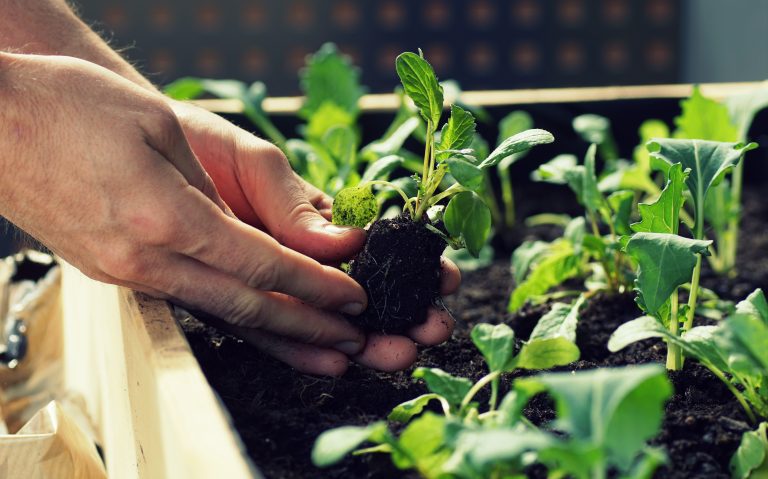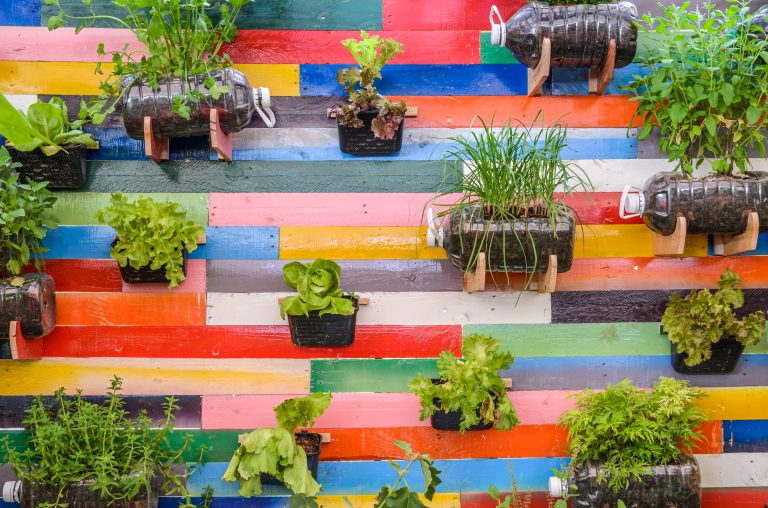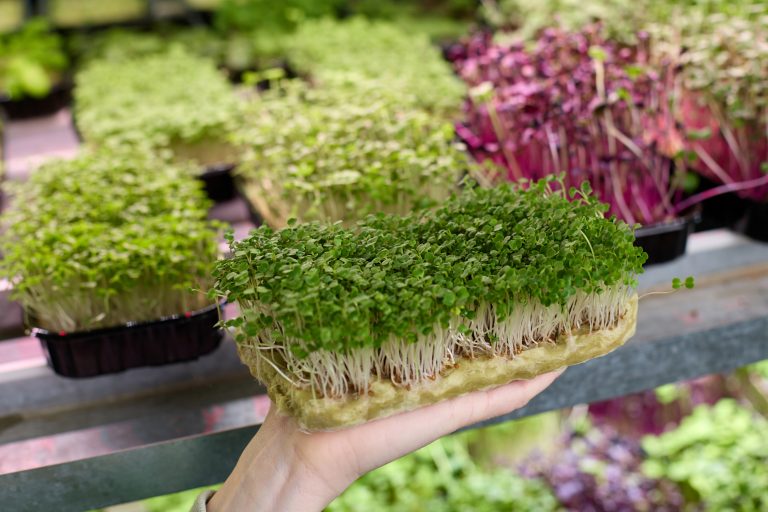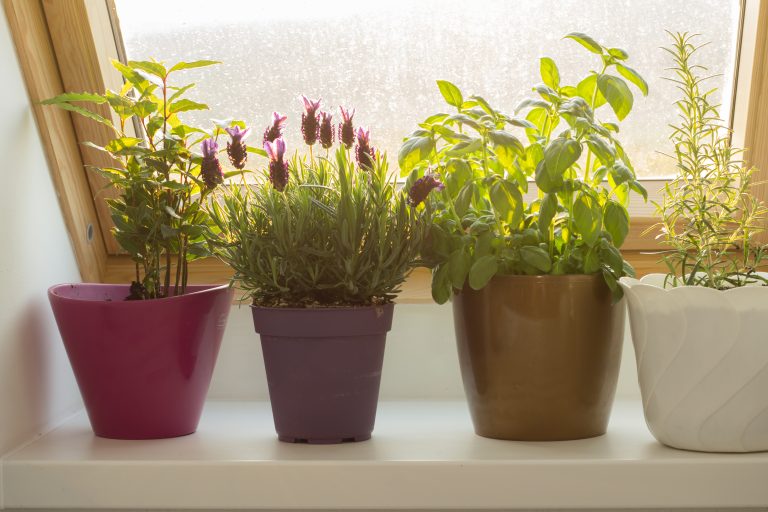7 Key Elements of an Urban Homestead Defined
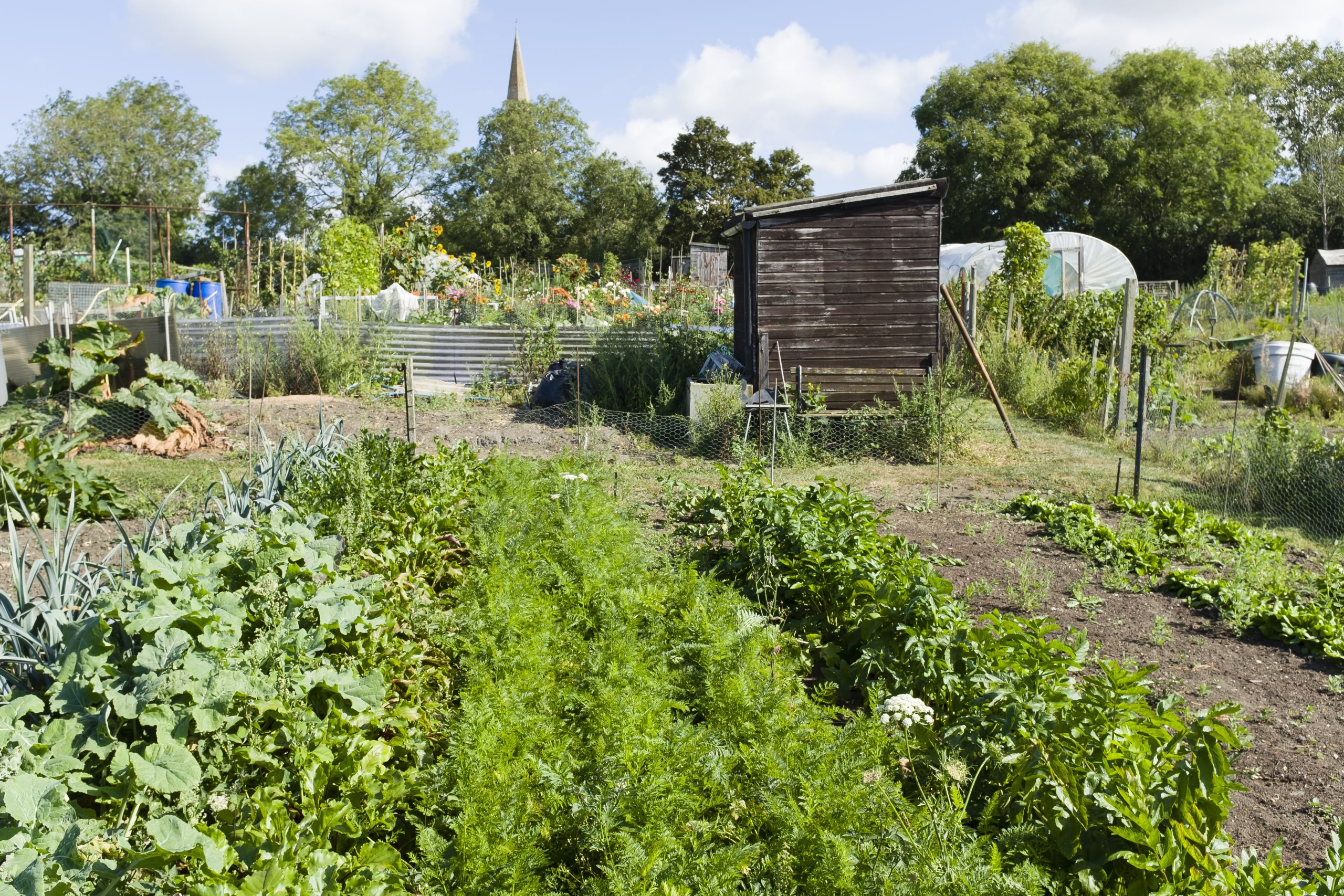
Welcome to the green revolution, right at your doorstep! Urban homesteading transforms concrete jungles into lush, self-sustaining ecosystems, one balcony, and backyard at a time.
Urban homesteading transforms your living space into a compact hub of sustainability, blending traditional charm with city life. Picture your apartment as a mini-farm, optimized for food production, energy efficiency, and waste reduction.
It’s more than growing tomatoes on your windowsill; it’s a holistic, conscious approach to urban living. Reclaim control over food, energy, and lifestyle, regardless of your square footage.
1. Small-Scale Agriculture
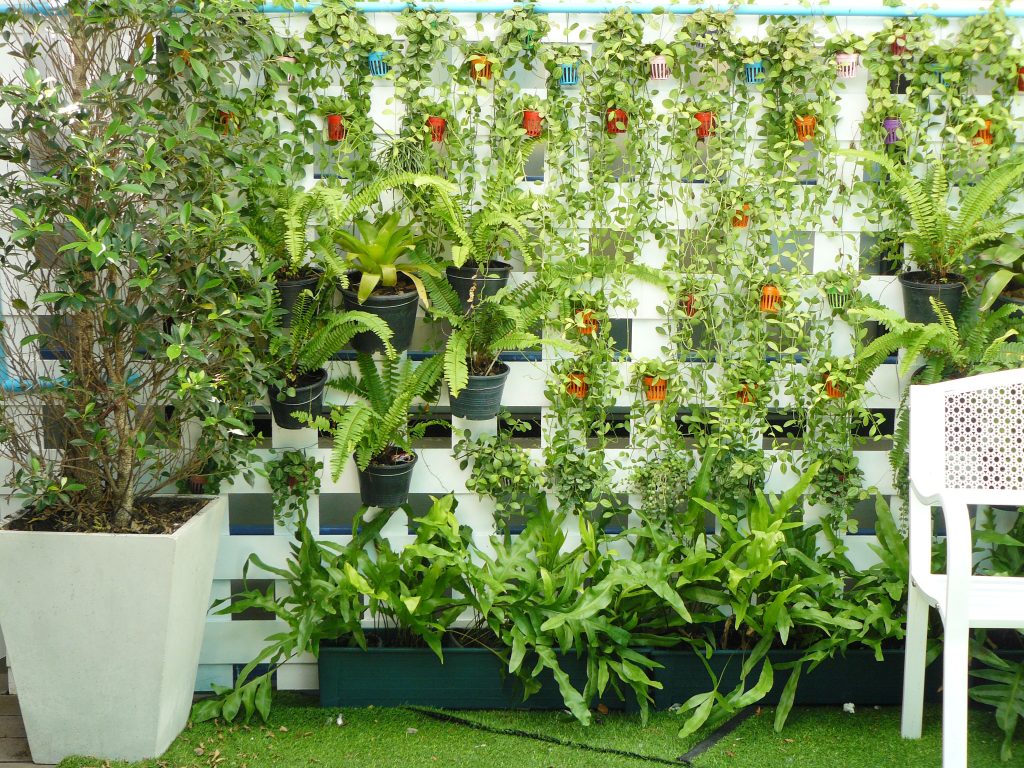
Small-scale agriculture is the heart that pumps life into an urban homestead. Think of your space as a miniature Eden, where herbs, veggies, and even fruit trees can thrive in containers or raised beds. Vertical gardens climb up walls, turning them into living art, while rooftop gardens make use of often-wasted space. It’s not just about beauty; it’s about biodiversity.
Hey hey! Don’t forget to subscribe to get our best content 🙂
Mixing flowers with your edibles attracts pollinators and keeps pests at bay (hello, natural pest control!). And let’s not forget about microgreens—these tiny powerhouses can be grown in the tiniest of spaces and pack a nutritional punch that’s hard to beat.
2. Efficient Water Usage
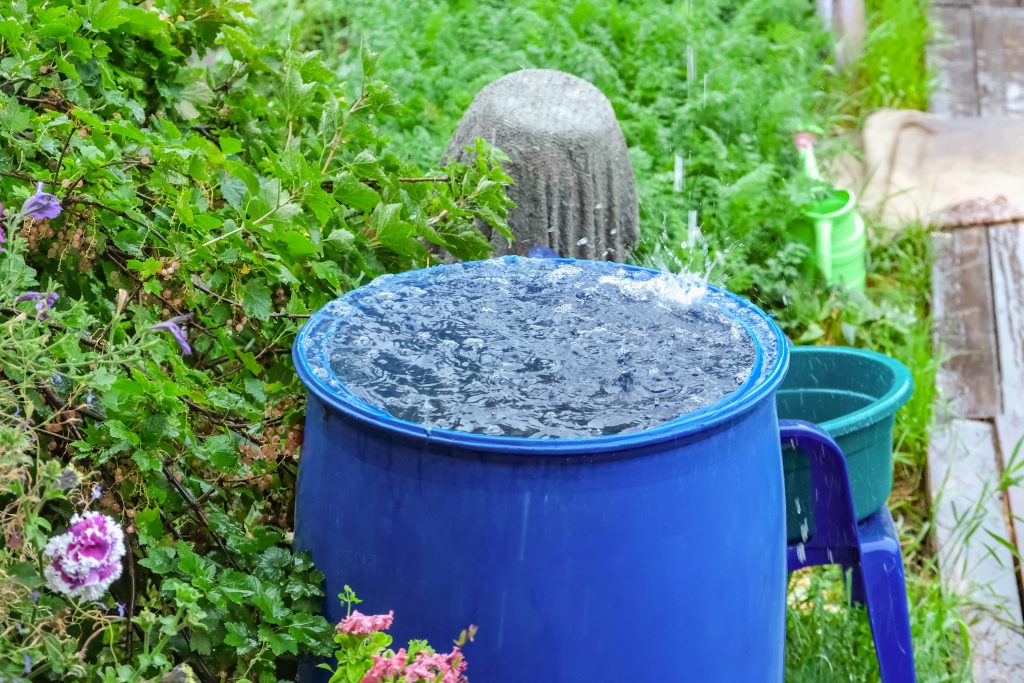
Water is the lifeblood of any garden, but in an urban setting, efficiency is key. Collecting rainwater in barrels (with proper filtering, of course) can provide a sustainable source for your thirsty plants. Drip irrigation systems deliver water directly to the roots, reducing waste and the time spent watering by hand. And let’s talk about greywater systems—they’re like giving your water a second life.
By reusing water from your shower or kitchen sink (mind the soap you use!), you can significantly cut down on your water footprint. Just remember, water is a precious resource, especially in the city, so every drop counts!
3. Renewable Energy Sources
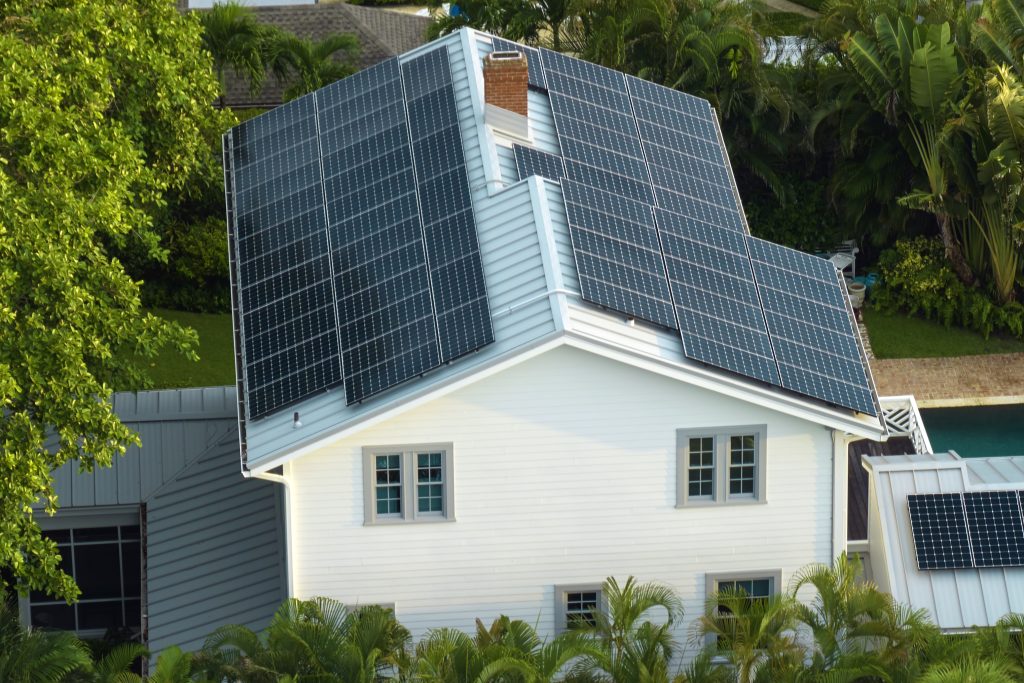
Harnessing renewable energy is like giving your urban homestead a superpower. Solar panels can turn your roof into a mini power plant, generating clean energy for your home. If installing panels isn’t an option, you can still join community solar projects or opt for a green energy provider.
Small wind turbines might sound like a far-off dream, but in some urban landscapes, they’re a viable option for renewable energy. And let’s not forget about the power of pedal – bicycle generators are a quirky, yet effective way to charge your devices and get a workout!
4. Waste Reduction Practices
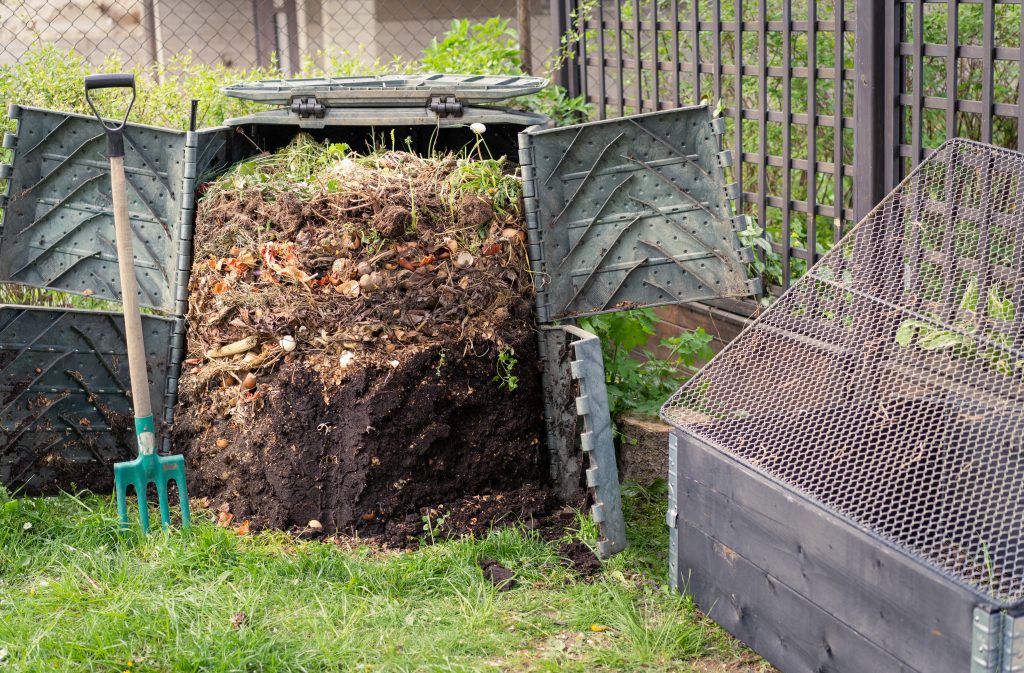
Reducing waste in an urban homestead is like a game of Tetris—finding the perfect fit for everything. Composting is a no-brainer; it turns your kitchen scraps into black gold for your plants. But let’s get creative—worm bins can be a fascinating (and kid-friendly) way to break down waste. And why not give upcycling a try?
That old ladder could be your next bookshelf, or those jars could be reborn as lanterns. It’s about seeing the potential in what others might toss aside. By reducing our waste, we’re not just helping the planet; we’re setting an example for our neighbors.
5. Sustainable Housing
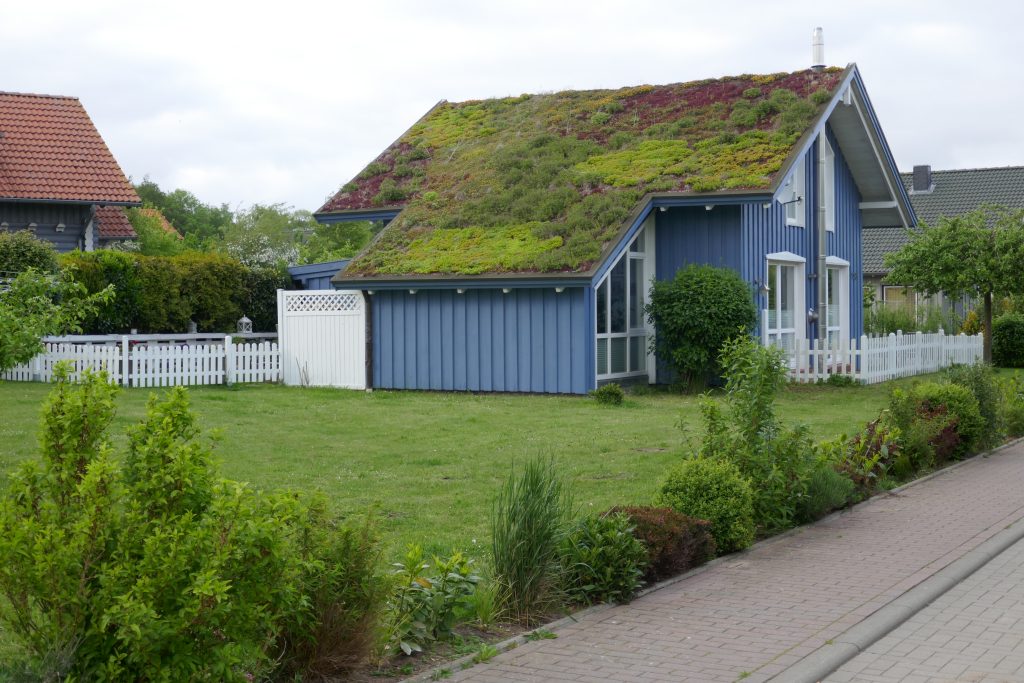
Your home is your castle, and in an urban homestead, it’s also your eco-haven. Sustainable housing is all about making smart upgrades that save energy and resources. Insulation is like a warm hug for your home—it keeps the heat in during winter and out during summer.
Green roofs and living walls offer not only insulation but also a habitat for wildlife. And let’s talk about the magic of smart home technology—automated systems that control lighting, temperature, and even watering your plants. These upgrades can make a significant impact on your carbon footprint and your utility bills.
6. Community Engagement
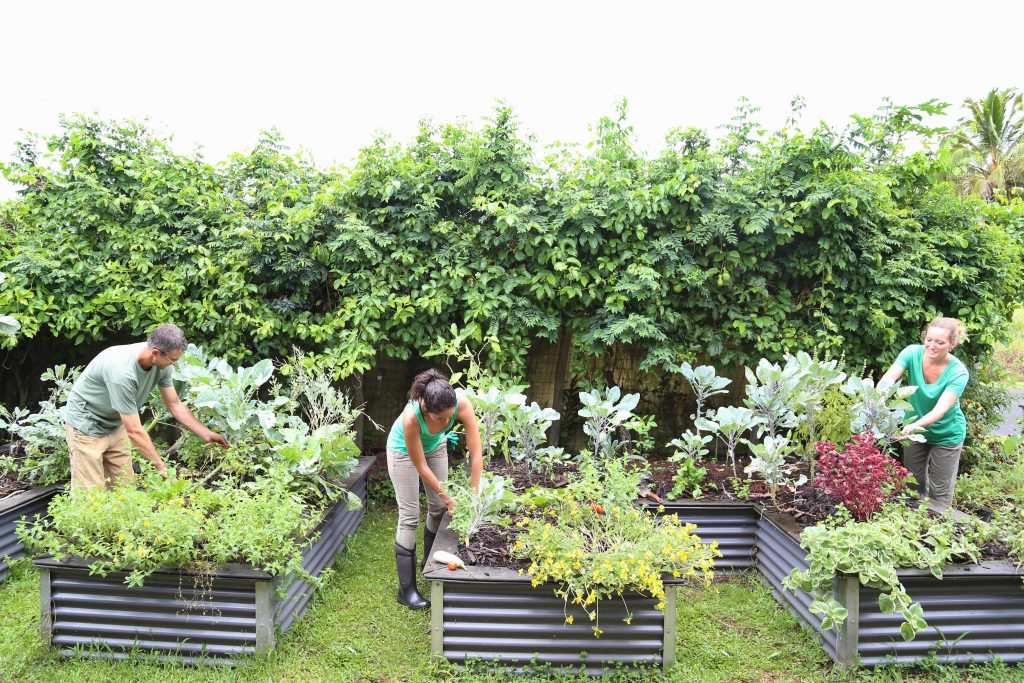
Community engagement is the secret sauce that makes urban homesteading truly fulfilling. Sharing tools, seeds, and knowledge with neighbors turns individual efforts into a collective movement. Community gardens are like outdoor classrooms, where people of all ages can learn about food production and sustainability.
And don’t overlook the power of bartering—your excess tomatoes might be someone else’s homemade bread. By engaging with our community, we’re weaving a tapestry of resilience that can support us all.
7. Home-Based Production

Home-based production is where your homestead becomes more than just a home—it’s a mini-factory. Whether it’s brewing kombucha, making soap, or canning preserves, these activities harken back to a time when DIY was the norm, not the exception.
Not only do these endeavors reduce your reliance on store-bought goods, but they also empower you with skills that are, frankly, pretty awesome. Plus, there’s nothing quite like the pride of serving a meal where every component was made from scratch by your own hands.
Overcoming Urban Homestead Challenges
Urban homesteading isn’t all sunshine and homegrown tomatoes—there are real challenges to navigate. Limited space can feel like a puzzle, especially when you’re dreaming of a full-blown garden. And let’s face it, sometimes the regulations and red tape can be as dense as a jungle.
But with a bit of creativity and perseverance, these obstacles can be overcome. Vertical gardens, container planting, and community plots are just a few solutions to the space issue. As for the red tape, knowledge is power—understanding your local laws and ordinances is the first step to working within (or even changing) them.
Tips to Start Your Urban Homestead
Ready to start your urban homestead? Begin with a plan that suits your space and lifestyle. Start small—maybe with a few herb pots or a balcony garden—and gradually expand. Remember, it’s a marathon, not a sprint. Get to know your local community of urban homesteaders; they can be a goldmine of information and support.
And don’t forget to celebrate the small victories, like your first homegrown salad or the successful installation of a rain barrel. Every step forward is a step towards a more sustainable and fulfilling way of living in the city.
Embarking on an urban homesteading journey is a bold step towards self-reliance and environmental stewardship. So roll up your sleeves, plant those seeds of change, and watch as your urban oasis flourishes!

